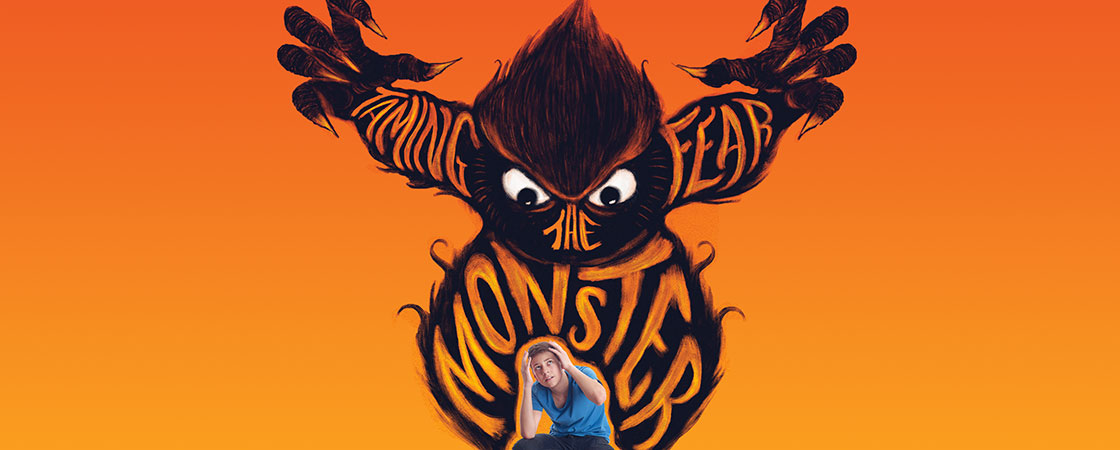That night, he slept under the wide umbrella of the sky and stared up at the darkness. Before drifting off to sleep, he whispered to himself, “I see you, but I will conquer you, fear.”
At midnight, the wolves began to howl. The sound woke Miobe, but instead of running away, he walked toward the sound, saying aloud, “I will conquer you, fear.” He walked until the sun began to rise, and when he saw its golden orb, he smiled with relief, for he had survived the first night. “I am becoming brave,” he said as he walked on.
Soon he came to a village. I don’t know these people at all, he thought. They might be unkind to a stranger. But he straightened up and walked into the village, saying aloud, “I will conquer you, fear.”
He found the village elders muttering among themselves. As Miobe came near, they looked up and sneered. “Who are you?”
“I’m traveling the world to become brave.”
The elders laughed. “Fool! No one can find bravery where it does not exist.”
“What do you mean?” Miobe asked.
The elders sighed unhappily. “We are doomed,” said one man. “Our village is threatened by a monster.” Miobe followed the man’s gaze to the top of the mountain. “See him, there,” the man said.
Miobe squinted. He did not want to insult the man, but he saw nothing.
“Look,” said another man. “See? It has the head of a crocodile. A monstrous crocodile!”
“And the body of a gigantic hippopotamus!” cried another man.
“It’s like a dragon!” yet another man cried. “With fire shooting from its snout!”
Now Miobe began to see the monster—the smoke and fire, the wrinkled skin, the fiery eyes. “I see,” he said, but silently he promised himself he would not be afraid.
Everywhere, people in the village cowered. Children hid inside, refusing to go to school. “If the children go outside,” the women said, “the monster will come down from the mountain and eat them. Everyone knows monsters eat children.”
Farmers hovered in their doorways, hoes and rakes in hand; outside, their horses stood unharnessed. “We cannot work,” they told Miobe. “If we go into the fields, the monster will come down and get us.”
Miobe saw goats, sheep, and cows wandering out at the edge of the village; no one came to milk them or tend to them. No one planted crops. Few left their homes. “The monster is going to destroy us!” they whispered among themselves as Miobe listened.
Finally, Miobe decided it was up to him to destroy the monster.
“I wish to conquer fear,” he announced, “and so I shall climb the mountain and slay the monster!”
“No, son, don’t do it!” the elders cried. “You will die.”
Miobe shivered and his heart fluttered, but he was determined. “I must conquer fear!” he said.

